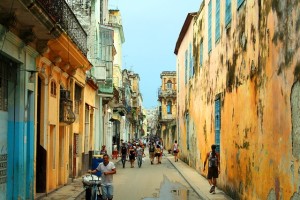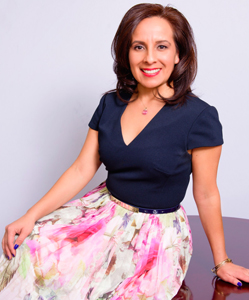 The earliest publication of Cuban poetry goes back to Silvestre de Balboa who’d written Espejo de Paciencia in the 16th century. It had been rescued from a fire that devastated Havana in 1616. The remains of the poem were placed in the Patriotic Society of Havana Archives where they were discovered by Jose Antonio Echeverria in 1836. Despite the poor fragmented condition the poem was in, the newspaper, El Plantel published it in whole.
The earliest publication of Cuban poetry goes back to Silvestre de Balboa who’d written Espejo de Paciencia in the 16th century. It had been rescued from a fire that devastated Havana in 1616. The remains of the poem were placed in the Patriotic Society of Havana Archives where they were discovered by Jose Antonio Echeverria in 1836. Despite the poor fragmented condition the poem was in, the newspaper, El Plantel published it in whole.
From the 16th century until October 7, 1886, Cuba was involved in slave trade. At that time, poets emerged writing about the experience of slave life. Juan Francisco Manzano is considered the first slave poet of Cuba. He was born into slavery in Cuba’s Mantanzas Province in 1797. Manzano and his married parents were owned by Señora Beatriz de Justiz de Santa Ana. Manzano was bought and sold by different slave owners who introduced him to the arts teaching him how to read. He was eventually bought by a slave owner who taught young Juan Francisco Manzano to write, so he was able to write down the poems other people taught him and also write his own poems.
José Julián Martí Pérez is considered a hero in Cuba and one of the most prominent literary figures of Cuban poet history. He emerged after Cuba won its independence from Spain in 1898. His poems were about liberty, democracy, and freedom. Cuba continued to have more and more poets emerge to contribute to the country’s literary culture.
Dulce María Loynaz was the daughter of Cuban General Enrique Loynaz del Castillo who not only headed the liberation army but was also a writer. Loynaz had completed a doctorate in civilian law at Havana University when she was 25. As a teenager and young adult the young civilian lawyer published several poems. By 1920, her first poems were collectively published in La Nación. From 1950 to 1995, fifteen books containing Dr. Loynaz’s poems were published.
Reinaldo Arenas, born in 1943, grew up a Fidel Castro sympathizer. He wrote poetry eventually rebelling against the Castro regime in the 1960s. The most prolific pieces were El Central, and Leprosorio, published in 1966.
Heberto Padilla was another early Castro sympathizer who turned against the institution in the late 1960s leading to his imprisonment in 1971. Some of his poems include El regalo, Fuera de juego, and Eljusto Tiempo Humano and many more.
Finally we have Pedro Juan Gutiérrez. He was born in 1950 in Matanzas, Cuba. Pedro Juan Gutiérrez was a painter, a sculptor, and an ice-cream salesman when he first arrived on the scene of Havana in 1987. Feeling astonished by the violence in Havana and inspired by the energy of the people he began writing poetry about Cuba such as Dirty Havana Trilogy and Tropical Animal.
Today we have many poets that have migrated to the United States due to the political climate of Cuba. As a result, many Cuban American poets have emerged detailing the life here and the life that was left behind. These poets have assimilated into the American culture and have written much poetry that also blends the two cultures as well as capturing the homeland that they or their parents remembered.




